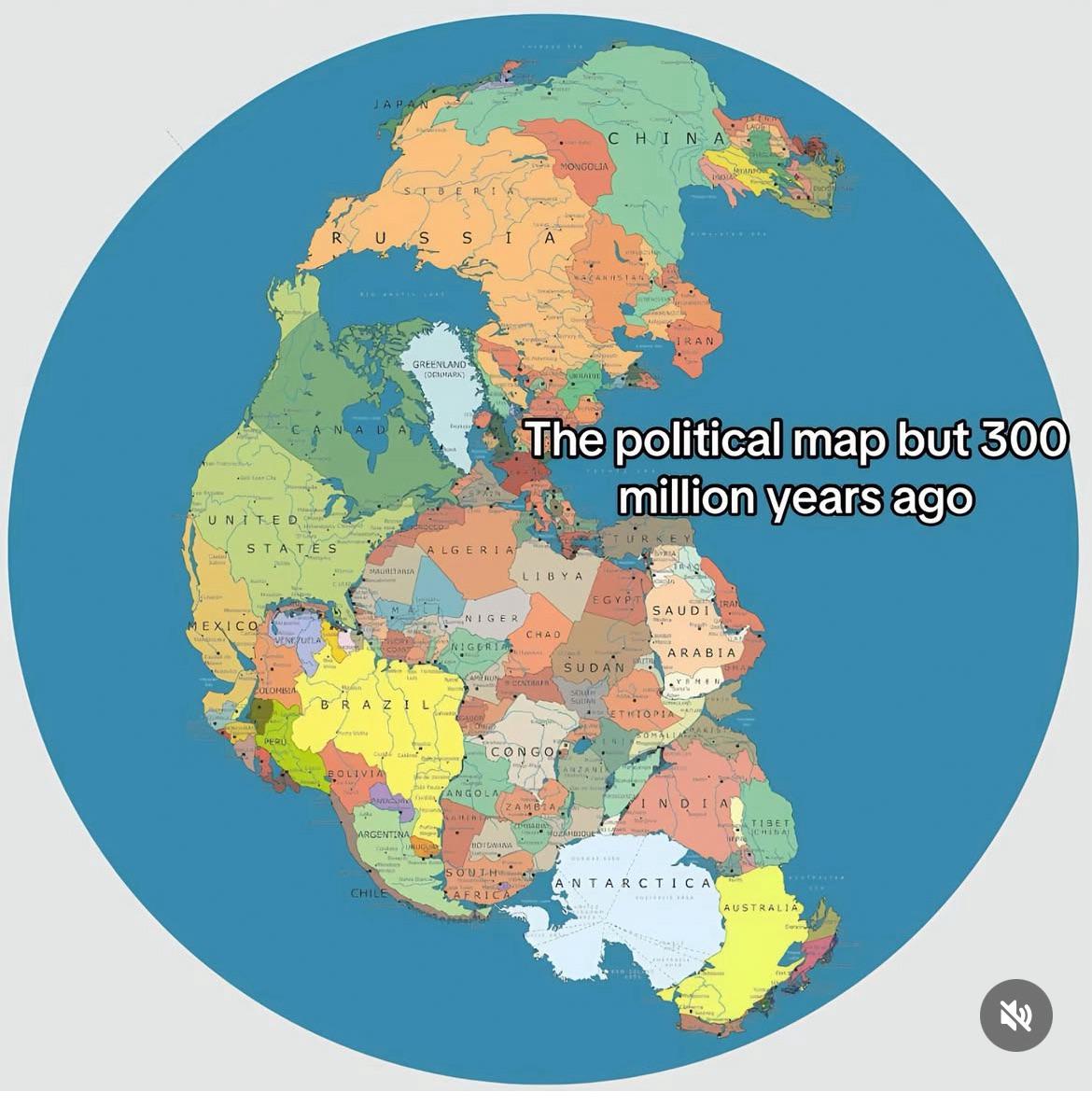Supercontinent Map and Its Political Implications


David Chen
Data Visualization Specialist
David Chen is an expert in transforming complex geographic datasets into compelling visual narratives. He combines his background in computer science ...
Geographic Analysis
What This Map Shows
The "Supercontinent" map visualizes a hypothetical world where all current continents have merged into a single landmass. This concept isn't purely imaginative; it reflects geological predictions based on plate tectonics and continental drift, showing how Earth’s landmasses could realign over millions of years. However, what’s compelling about this map is not just the geological aspect, but the profound political, social, and economic implications that such a configuration would entail.
Deep Dive into Supercontinents
Supercontinents arise from the gradual movement of tectonic plates that shape our planet's surface. The most famous example is Pangaea, which existed around 335 million years ago. If we consider the characteristics of a supercontinent, several themes emerge: environmental changes, biodiversity, and geopolitical dynamics.
One of the most significant aspects of a supercontinent would be its climate. In a unified landmass, we would likely see a more extreme climate with harsher weather patterns. The interior of the supercontinent could experience greater temperature variations, whereas coastal areas might benefit from milder conditions. This shift could lead to unique ecosystems and biodiversity, as species adapt to the new environmental challenges.
Furthermore, the economic landscape would transform dramatically. Trade routes would become more centralized, potentially reducing the costs of transportation and boosting economic interactions between regions. Major cities could emerge in strategic locations within the supercontinent, leading to rapid urbanization. However, this centralization may also lead to political tensions as regions vie for resources and influence.
Interestingly, the merging of continents would create vast land areas that might have previously been separated by oceans, altering how cultures interact. Have you ever wondered how language, traditions, and customs would blend in such an environment? The social structures within societies could change significantly as diverse populations converge, leading to both opportunities for cultural exchange and potential conflicts.
Regional Analysis
Within the framework of a supercontinent, we can analyze how specific regions would adapt to this new reality. For example, consider North America and its diverse climates. If it merged with South America, we would see a drastic shift in agricultural practices. The temperate conditions of the northern regions could blend with the tropical climates of the south, creating unique farming opportunities but also challenges in managing resources and land use.
In contrast, Europe, with its rich cultural history, would find itself in a position of significant influence in this new supercontinent. The European Union's model of political and economic cooperation could serve as a framework for governance, but it would also face challenges from emerging powers in other areas of the supercontinent. Countries that were once thousands of miles apart would now be neighbors, necessitating new diplomatic relationships and potentially leading to conflicts over territorial claims, resource allocation, and cultural integration.
Asia, with its vast populations and economies, would play a pivotal role in this supercontinent. The merging of diverse nations such as China, India, and Japan could lead to unprecedented opportunities for collaboration but also heightened competition for resources and political power.
Significance and Impact
Understanding the implications of a supercontinent is crucial for several reasons. Firstly, it encourages us to think about the geological processes that shape our planet and how they influence human civilization. Moreover, it prompts us to consider the interconnectedness of global politics, economics, and culture.
In today’s context, as climate change continues to challenge our traditional boundaries, the concept of a supercontinent can inspire innovative approaches to global cooperation. We should ask ourselves how we can learn from these potential futures to address pressing issues like climate change, resource management, and social justice. The idea of a united landmass challenges us to rethink our divisions and consider how we might work together for a sustainable future on our current, fragmented globe.
Ultimately, while the supercontinent may be a distant geological future, its implications for human society are deeply relevant today. As we navigate the complexities of our interconnected world, understanding these possibilities can help us shape a more equitable and resilient future for all.
Visualization Details
- Published
- August 9, 2025
- Views
- 124
Comments
Loading comments...